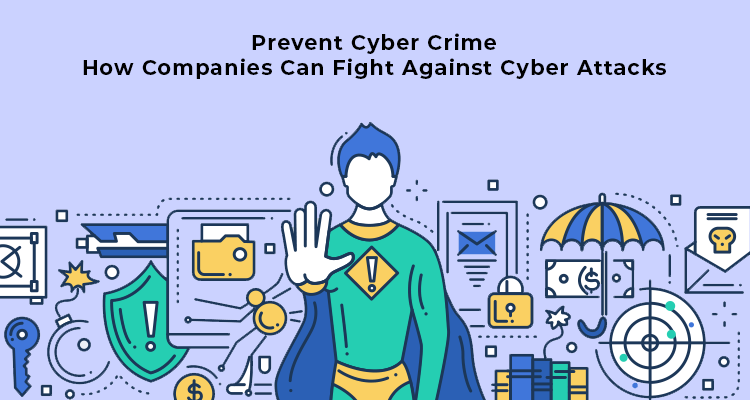In today’s digital-first world, cybercrime is no longer a distant possibility—it’s a daily threat. Every click, login, and email carries the potential to become an entry point for attackers. Cybercriminals have evolved from lone hackers into well-funded, organized networks deploying AI-powered tactics, zero-day exploits, and psychological manipulation to infiltrate even the most secure environments. No business is too big to fail or too small to be ignored. That’s why it’s more critical than ever to take decisive action to prevent cyber crime, not just react to it. Prevention requires a proactive mindset, layered defenses, and a culture where cybersecurity awareness is embedded into every level of your organization.
What’s truly at stake isn’t just data—it’s your organization’s reputation, customer trust, operational continuity, and financial stability. A single successful cyberattack can halt operations, leak confidential data, trigger legal consequences, and leave a permanent dent in public perception. For many businesses, the cost of recovering from an attack is far greater than the cost of preventing one.
Yet, despite the rising frequency and impact of these threats, many organizations still approach cybersecurity reactively—only implementing protections after an incident has already occurred. This blog is your wake-up call and your action plan. We will explore the real risks, pinpoint the vulnerabilities, and most importantly, walk you through proven, practical steps to protect your organization from cybercrime—starting today. Whether you’re leading an enterprise IT team or managing a growing startup, this guide will equip you with the awareness and tools you need to build a security-first culture and future-proof your business.
In the present world, where most businesses are digitized, cyber crimes are inevitable. Owing to this, it is imperative for firms to know how to prevent cyber crime & secure themselves from potential attacks. They also must know how to respond in case of a security breach. Here we enlist the necessary information and measures that shall be functional for one to tackle & restrain cyber crimes.
Growing Threat of Cybercrime
In recent years, cybercrime has escalated from an emerging risk to a full-blown global crisis, affecting organizations across every industry and size. As businesses become more digital and data-driven, the attack surface for cybercriminals widens—making it easier for them to exploit vulnerabilities. What was once a nuisance is now a multi-trillion-dollar threat landscape, with cyberattacks becoming more frequent, more targeted, and more damaging.
Startling Statistics and Alarming Trends
- According to Cybersecurity Ventures, the global cost of cybercrime is expected to reach $10.5 trillion annually by 2025, up from $3 trillion in 2015.
- A 2024 report by IBM found that the average cost of a data breach is now $4.45 million, the highest on record.
- Ransomware attacks increased by over 95% year-on-year, with small and medium-sized businesses (SMBs) being disproportionately targeted due to their often limited cybersecurity infrastructure.
- The Verizon 2024 Data Breach Investigations Report (DBIR) revealed that 74% of breaches involved human error, highlighting the critical need for employee training and awareness.
- Phishing remains the #1 attack vector, used in over 80% of social engineering attacks to gain unauthorized access to sensitive systems or trick users into making financial transactions.
These numbers aren’t just statistics—they reflect real damage to real companies. From financial losses and legal penalties to lost customer trust and reputational harm, the consequences of cybercrime can be devastating.
Types of Cyber Attacks

Malware
Usually grants illegitimate access to scammers by the installation of a malicious software. Scammers are exposed to the personal files, emails, logins, and identities of targeted users. Malware is developed by scammers, companies, and government to gain access to any form of information that can be of interest to them. It has its fraudulent profit-making and political motivations. For instance, Stuxnet was one such malware suspected to be developed by America/Israel cyber weapon, that affected Iran’s nuclear program.
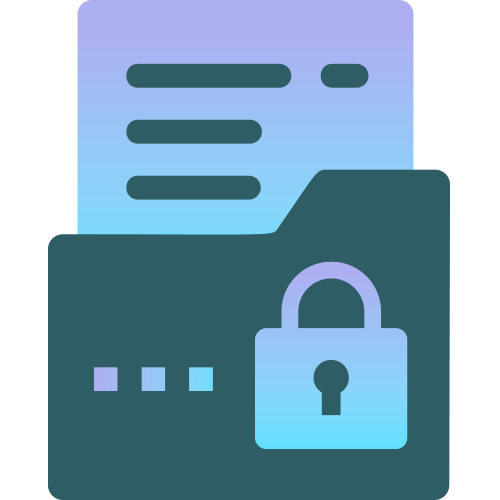
Ransomware
Ransomware demands ransom payment (cryptocurrency) from the user to release their files. It perpetuates through phishing emails that undertakes control over a system. However its best-known example the Wanna cry worm spread through systems without any user engagement in perpetuating it. The attack targeted over 300000 systems in over 150 countries running without the latest patch of Microsoft. The monetary loss amounted hundreds of millions of dollars. Another ransomware NotPetya occured in 2017, which is considered the deadliest cyber attack so far

Whaling
Whaling is a specific form of phishing attack that particularly targets the leading representatives of a firm like CEO or CFO to retrieve confidential information of their company. The underlying motive of such an attack is to gain high-value transfers from the company. This is also accomplished through email spoofing, social spoofing, and content spoofing attempts.
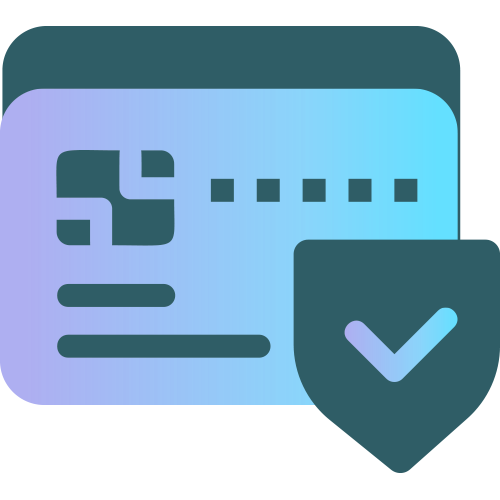
Phishing
This is the form of attack wherein the scammers disguise as a legitimate source and engage in a conversation with the user through emails, instant messaging etc. It is done under the false pretext to retrieve the personal and financial details in order to deceive the user. 76℅ enterprises suffered from phishing attacks in 2017 alone. Around 100 million dollars were compromised through the phishing email that targeted Google and Facebook users in another attack in the same year.
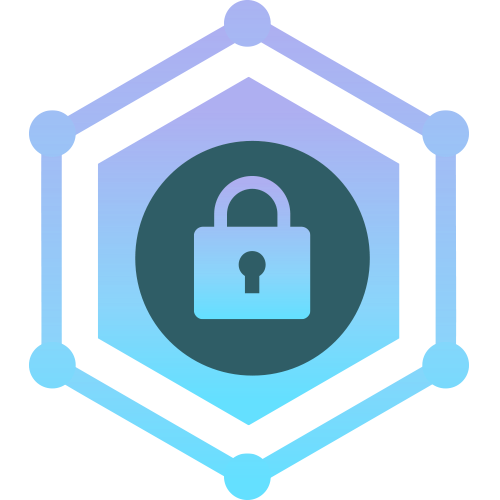
Botnets
Botnets entail a network of compromised systems that are ‘bots’. The systems are penetrated through malware. They execute a Distributed Denial of Service attack (DDoS). For instance, in 2016 alone Mirai Malware was installed in a series of IoT devices that led to the DDoS attack on the DNS of Dyn provider. It affected the accessibility to recognized websites like Reddit, Netflix, Twitter, Airbnb, GitHub, and others.
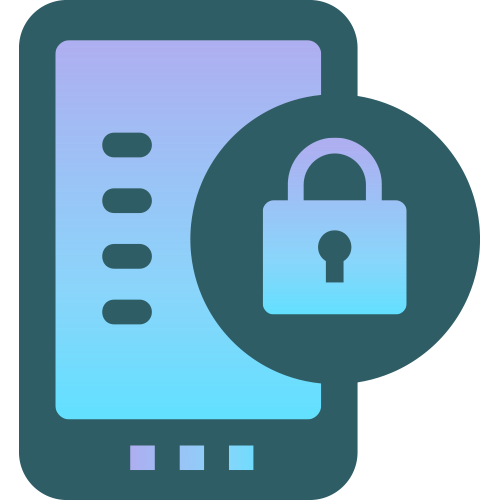
Hacking
It is a security breach wherein the hacker gains illegitimate access to a system through exploits or bugs for malicious purposes. For instance, in 2015 US servers were hacked and the leaked information was passed on to the terrorist group ISIL. Likewise in 2017 “The Dark Overlord” hacker group leaked episodes of the Netflix show ‘Orange is the New Black’.
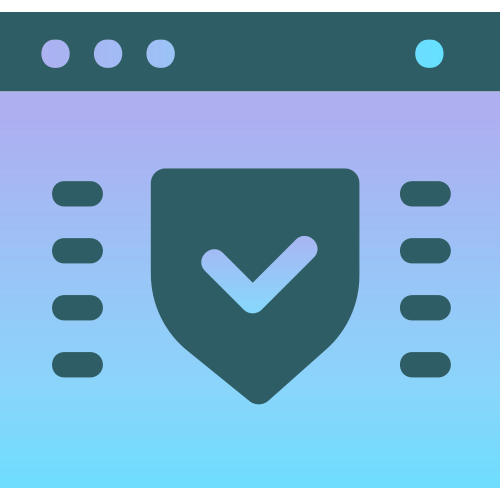
Pharming
Pharming transports a user to a malicious version of an otherwise legitimate website and then exploit the user for personal information. The attack is triggered when a scammer manages to penetrate a malicious code in the user’s system.
Insider Threats
Not all cyber threats come from outside. Disgruntled or negligent employees can cause harm—either intentionally or accidentally—by misusing access privileges or exposing systems to risk.
Credential Stuffing and Brute Force Attacks
These attacks involve using stolen username/password combinations (often leaked in previous breaches) to gain unauthorized access to accounts—especially when businesses reuse passwords or lack multi-factor authentication.
Data Theft and Espionage
Cybercriminals often target sensitive business data—customer records, financial information, and intellectual property—for resale on the dark web or for corporate espionage purposes.
Cybercrime is not just an IT issue—it’s a business survival issue. Attackers are getting smarter, faster, and better equipped. What makes the threat even more daunting is that many cyberattacks go undetected for weeks or even months, allowing attackers to quietly exfiltrate data or set traps. Recognizing the magnitude and variety of threats is the first step in building a resilient cybersecurity strategy. Organizations that proactively understand and address these threats are far better positioned to defend their assets and maintain trust with customers and stakeholders.
Key Vulnerabilities in Organizations
Understanding where your organization is vulnerable is the first step toward building a strong cybersecurity posture. Unfortunately, many cyberattacks aren’t the result of highly complex exploits—they often stem from basic, avoidable mistakes and overlooked weaknesses within an organization’s systems, policies, and people. Below are five of the most critical vulnerabilities that leave businesses exposed to cyber threats:
1. Weak Passwords and Poor Credential Hygiene
Despite years of warnings, weak passwords remain one of the most common entry points for cybercriminals. Many users still rely on easily guessable passwords like “123456” or reuse the same password across multiple accounts. This negligence becomes even more dangerous when administrative or privileged accounts are involved.
Attackers often use automated tools to perform brute-force attacks or leverage data from previous breaches in credential stuffing attempts. Without measures like multi-factor authentication (MFA) or password rotation policies, organizations leave their digital doors wide open.
Solution: Enforce strong password policies, use password managers, and implement MFA across all systems—especially for critical applications and admin accounts.
2. Outdated Software and Unpatched Systems
Cybercriminals thrive on known vulnerabilities in outdated software, operating systems, plugins, or hardware. Once a flaw is publicly disclosed, it’s often only a matter of days—or even hours—before attackers begin scanning the internet for unpatched systems.
Failure to apply security updates promptly creates a “low-hanging fruit” scenario, where attackers don’t need advanced skills or tools to breach your defenses.
Solution: Establish a robust patch management strategy. Regularly audit systems for outdated software, and automate updates wherever possible to minimize delays.
3. Untrained Employees and Lack of Awareness
Your employees are your first line of defense—and your biggest vulnerability. Social engineering attacks, such as phishing, prey on human behavior rather than technical flaws. Without proper training, employees may inadvertently click on malicious links, download infected files, or reveal confidential information. Even the most secure infrastructure can be compromised if staff members don’t understand how to recognize or report suspicious activity.
Solution: Conduct regular cybersecurity awareness training, run simulated phishing tests, and create a culture where security is everyone’s responsibility.
4. Poor Access Controls and Privilege Mismanagement
Many organizations operate with “open access” environments, where users have more permissions than necessary. This is particularly dangerous when employees leave the company and their access isn’t revoked, or when one compromised account can lead to full network access. Overprivileged users increase the blast radius of a potential breach, making it easier for attackers to move laterally and escalate privileges.
Solution: Apply the principle of least privilege (PoLP), enforce role-based access controls, and regularly review user access rights. Use identity and access management (IAM) tools to streamline this process.
5. Lack of an Incident Response Plan
It’s not a matter of if a cyberattack will happen—it’s when. Yet, many organizations still operate without a clear, rehearsed incident response plan. When a breach occurs, the absence of defined roles, escalation paths, and recovery procedures can lead to chaos, delays, and greater damage. An effective response plan not only helps contain the breach faster but also minimizes downtime, financial loss, and reputational harm.
Solution: Develop a detailed Incident Response Plan (IRP) that includes detection, containment, eradication, recovery, and post-incident review phases. Test it regularly with tabletop exercises and real-world simulations.
Most cyberattacks don’t exploit some obscure zero-day flaw—they exploit basic security lapses. The good news? These vulnerabilities are entirely preventable with the right mindset, tools, and discipline. By proactively addressing these key weaknesses, organizations can drastically reduce their attack surface and enhance their resilience in an increasingly hostile digital landscape.
Proactive Measures to Safeguard Against Cybercrime
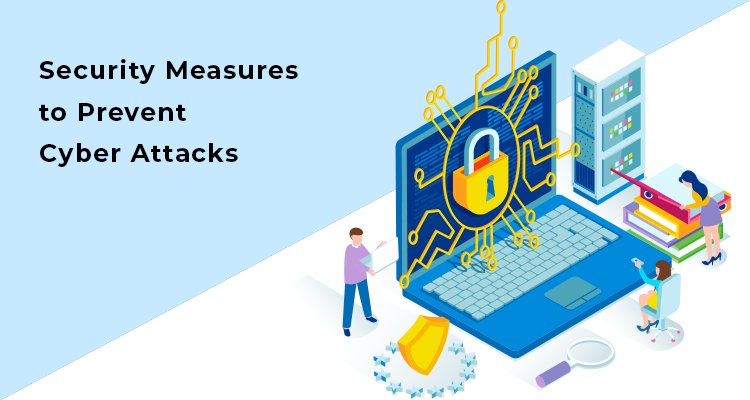
Security measures that can be undertaken by companies to prevent cyber crime:
Implement Digital Trust
The accessibility and knowledge of a company’s vulnerabilities are most approachable for an insider of their own. Due to this kind of unreliability, most companies are now implementing Digital Trust which is a form of identification that can be established through the digital fingerprint of an employee. This would trace the activity of a user, the system they use and the work they engage with, through a behavioral profile.
Focus on Cloud-Based Security
Cloud-based security is far more flexible and scalable due to their open APIs. Since they are platform delivered, technologies can be integrated or switched onto the platform according to the necessity of the security team.
Security by Design
The approach to developing technologies for year focused on the building of the technology first and the incorporation of the security measure at the end. The changed approach focuses on incorporating security measures along the design structure in the building of technologies. This change is channelized by a security conscious approach such that security measure is leveled at every step of the development and change.
The approach to developing technologies for year focused on the building of the technology first and the incorporation of the security measure at the end. The changed approach focuses on incorporating security measures along the design structure in the building of technologies.
Improvising Authentication
The authentication measure in use for security purposes is outdated and rather tentative. Bio-metric identification, 2-factor authentication is revised forms of security checks that replace passwords but they are also not functional everywhere. Thus authentication measures need improvisation and changes.
Conduct Cyber Security Audit
A cybersecurity audit would allow the company to detect its vulnerabilities and areas where data is at the threat to potential attack.
Manage Information Access
Protecting data access internally can prevent the threat from internal attacks and breaches. The accessibility to data should be classified according to the role of an employee. This will also prevent possible phishing attack or malware infection that can be caused by the actions an employee has taken. Firms must train their employees to identify and report breaches that may be internally incurred. Also, intentional breaches must be penalized.
Intelligence Driven Security
Machine learning shall become effective in detecting and changing minimal risks on their own. However, it is also true that hackers shall also deploy machine learning in their attacks. So the idea shall be to respond predictively instead of reacting to an attack. Companies would need automated threat seekers that could detect any potential attack by scanning a company’s work environment in the technical sense. This rise of robo hunters could lead to a predictive security posture.
Establishing a Security Culture
Firms need to be engaged with one another in their security management and share methods and guidance to create a security-oriented approach in the industries. It is also necessary that firms use updated software, systems and be aware of the problems that are responsible for pitfalls and monetary losses.
Managing Devices
Enterprises are using mobile applications for a user base. The IoT has connected devices. Some of those devices lack efficient security. The network thus established, results in endpoints that can be easily exploited. Thus companies need to manage these devices that can cause threat
Creating a Cyber Security Policy
A cybersecurity policy shall delineate the assets of a particular firm, the regulation of access to those assets and the effective measures for the protection of those assets. Such an approach is legally informed and security oriented, which is much needed today to prevent any cyber crime.
Recognizing Cyber Attacks
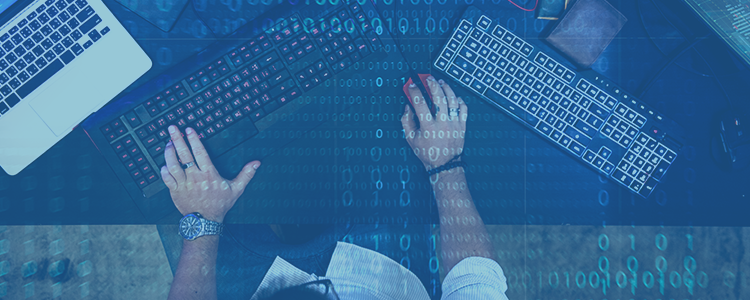
The detection of a cyber attack may be determined long after the breach first occurred. Nonetheless, it is essential to retain factors that may hint towards a possible breach. The following may indicate towards a breach:
- accounts and network cannot be accessed
- passwords are ineffective
- Loss or alteration of data
- The hard drive runs out of memory
- The systems keep crashing
- Complaints of customers pertinent to spam from the business account may be received.
- Pop up ads are constant.
- Signs of a security breach to have been reported an brought to notice by security staff, user, network and system administrators.
- A report on the log data by SIEM, SEM etc. could notify with alerts.
- Anti-malware programs.
- Unreasonable changes on monitoring the baseline traffic.
- Changes in the configuration of services and applications.
Responding to a Cyber Attack

Most firms are under the impressions that they are immune to cyber attacks & they don’t need a policy & team to prevent cyber crime or tackle any cyber attack, because they aren’t too significant to be targeted. Such hoax is the reason that firms don’t invest in cyber security. Planning response to a possible cyber attack can save a firm from jeopardizing itself. Being aware of the procedure one may undertake in case an attack occurs is as integral as being cautious and maintaining prevention.
First Response Team
One must assemble a team of cyber experts with the necessary knowledge and skills to handle the situation. It is expected of firms to be prepared with a trained staff of Security Incident Response team (CSIRT) with specialists from both technical and nontechnical field. This would include individuals from human resource, legal representatives, public representatives, data protection experts etc.
Detecting a Breach
The appointed team’s first motive must be to detect the technical cause of the breach. Following factors can suggest the occurrence:
- Signs of a security breach to have been reported and brought to notice by security staff, user, network and system administrators.
- A report on the log data by SIEM, SEM etc. could notify with alerts.
- Anti-malware programs
The team must be adept to locate where the breach began in the first place. Such determinism assists in retrieving data, information, recognizing the affected area and ultimately in countering the attack.
Addressing the Breach
Once the breach has been located and determined the next move should be to contain it.
The network access for the compromised systems could be shut down.
If the breach has been caused by insider then the account and access of that individual could be blocked. There may be a requirement to switch passwords and accesses. Legal documentation and a detailed investigation would be involved in such a case.
However, even in the course of detection and containment, the business must run its course uninterrupted and this shall be ensured.
Restoration of System
Once the breach has been addressed the firm must ensure the restoration and rectification of the networks and systems. Any possibility of the spread of the damage must be curbed. For the continuity of business uninfected systems shall be isolated from the rest.
Notification
The repercussions of a cyber crime may include loss of confidential information and data that may have been stolen. It would be important that a firm notifies the occurrence and the damage that occurred by the attack for transparency and accountability. This becomes especially important for firms that have an established customer base, reputation and clients. The legal responsibility calls for a report of such an occurrence.
Damage Assessment & Review
Finally, the damage must be assessed and it is essential that the firms analyze the loopholes that caused the attack, their effectiveness in tackling it and attempt at rectifying mistakes to prevent any future cyber crime. For instance, the cyber attack may have resulted in the shut down of a business component. It may further be of use to understand if the attack was external or internal, what measures could be undertaken etc. It may also involve security policy changes for reassuring customers and clients.
Read Another Article of Our on Cybersecurity here :’Why it’s the right time to build a career in Cybersecurity‘
Policy and Compliance Considerations
When it comes to cybersecurity, technology alone isn’t enough. A solid foundation of well-defined policies, procedures, and compliance standards is essential to ensure that security measures are consistent, enforceable, and aligned with industry regulations. These aren’t just “paperwork” requirements—they’re critical pillars that protect your organization from legal, financial, and reputational fallout.
Let’s break down why this area is so crucial:
1. Importance of a Cybersecurity Policy
A cybersecurity policy is the backbone of your organization’s defense strategy. It sets the rules for how employees access, use, and protect digital resources and data. Without a clearly documented and communicated policy, even the most advanced cybersecurity tools can fail due to inconsistent application or user error. A strong cybersecurity policy:
- Defines acceptable use of systems, networks, and data
- Outlines protocols for remote work, BYOD (Bring Your Own Device), and third-party access
- Establishes rules for password management, data classification, and incident response
- Communicates expectations, roles, and responsibilities clearly to all employees
A well-enforced policy reduces risk, ensures accountability, and provides a legal safeguard in the event of an incident or breach.
2. Navigating Regulatory Requirements
In today’s global business environment, compliance with data protection and security regulations is not optional—it’s legally required. Failure to comply can result in severe penalties, lawsuits, and brand damage.
Here are some major regulatory frameworks you need to be aware of:
GDPR (General Data Protection Regulation)
Applicable to businesses handling the personal data of EU citizens. It mandates strict rules on data collection, processing, storage, and breach notification. Non-compliance can lead to fines of up to €20 million or 4% of annual global turnover, whichever is higher.
HIPAA (Health Insurance Portability and Accountability Act)
Relevant to healthcare providers, insurers, and any entity that processes health information in the U.S. It requires strict protection of patient data and imposes both civil and criminal penalties for violations.
ISO/IEC 27001
An internationally recognized standard for information security management systems (ISMS). Achieving ISO 27001 certification demonstrates that an organization follows best practices for protecting information assets, risk management, and continual improvement.
PCI-DSS (Payment Card Industry Data Security Standard)
Essential for businesses that handle credit or debit card transactions. It defines a comprehensive set of security controls designed to protect cardholder data.
Being compliant not only avoids legal trouble—it enhances customer trust, supports partnerships, and opens doors to new markets.
3. Risk Assessments and Regular Audits
Cyber threats evolve constantly. That’s why organizations must conduct routine risk assessments and internal/external audits to stay ahead of vulnerabilities and ensure policy effectiveness. Risk assessments help you:
- Identify and prioritize threats to your digital assets
- Understand the impact and likelihood of different attack scenarios
- Implement appropriate controls to mitigate those risks
Regular security audits evaluate whether existing policies, systems, and defenses are performing as expected. They can uncover:
- Outdated software and security gaps
- Misconfigured settings or excessive permissions
- Violations of policy or compliance standards
Many industry certifications and regulators now require evidence of continuous risk management and auditing practices.
Ongoing assessments allow you to adapt proactively rather than reactively—saving money, time, and reputation.
Cybersecurity policy and compliance are not check-the-box exercises. They are dynamic, living elements of your security strategy that guide day-to-day behavior, align your operations with legal standards, and demonstrate your commitment to responsible business practices. Organizations that take policy and compliance seriously are not only better protected from cyber threats—they’re better prepared to respond when incidents do occur and more trusted by customers, partners, and regulators alike.
Final Thoughts: Cybersecurity is a Continuous Journey
Cybersecurity isn’t a destination—it’s an ongoing process. No organization, no matter how large or sophisticated, is ever completely immune to cyber threats. New vulnerabilities emerge daily, attackers become more creative, and the digital landscape evolves at a rapid pace. That’s why treating cybersecurity as a one-time fix or a checkbox project is a recipe for failure.
1. The Importance of Staying Updated
Cyber threats are constantly evolving, and so should your defenses. Yesterday’s best practices may be insufficient against today’s sophisticated tactics. From zero-day exploits to emerging ransomware strains, staying stagnant means falling behind.
Staying updated means:
- Keeping software, firmware, and security patches current
- Staying informed about the latest threat intelligence and attack trends
- Regularly reviewing and refining cybersecurity policies and response plans
- Updating training materials to reflect new phishing techniques or scams
- Leveraging emerging technologies like AI-driven threat detection or behavior analytics
Think of cybersecurity as a treadmill—if you’re not actively walking forward, you’re going backward.
2. Making Cybersecurity a Culture, Not a One-Time Project
Technology alone cannot secure an organization—people play a critical role. The most robust firewalls and intrusion detection systems mean little if an employee accidentally clicks a malicious link or uses “password123” to protect a sensitive account. Creating a culture of cybersecurity means embedding security thinking into the DNA of your organization. It becomes part of everyday behavior rather than a separate IT function.
Here’s how to cultivate that culture:
- Leadership commitment: Senior management must model secure behavior and prioritize cybersecurity as a business imperative.
- Continuous employee education: Offer regular training, phishing simulations, and awareness campaigns to keep staff alert and informed.
- Open communication: Encourage employees to report suspicious activity without fear of punishment.
- Recognition and reinforcement: Acknowledge good security practices and create positive incentives for safe behavior.
- Cross-departmental collaboration: Security shouldn’t just be IT’s responsibility—HR, marketing, finance, and every other function has a role to play.
Cybersecurity works best when it becomes a shared responsibility—woven into every decision, process, and interaction within the organization.
Final Thought
Cybersecurity is not a one-and-done project or a task you can outsource and forget. It’s a living, breathing commitment to protecting your people, your data, and your business from an ever-changing array of threats. By adopting a mindset of continuous improvement, staying informed, and building a culture where security is second nature, your organization can not only defend against today’s threats but also adapt to tomorrow’s challenges with resilience and confidence.

